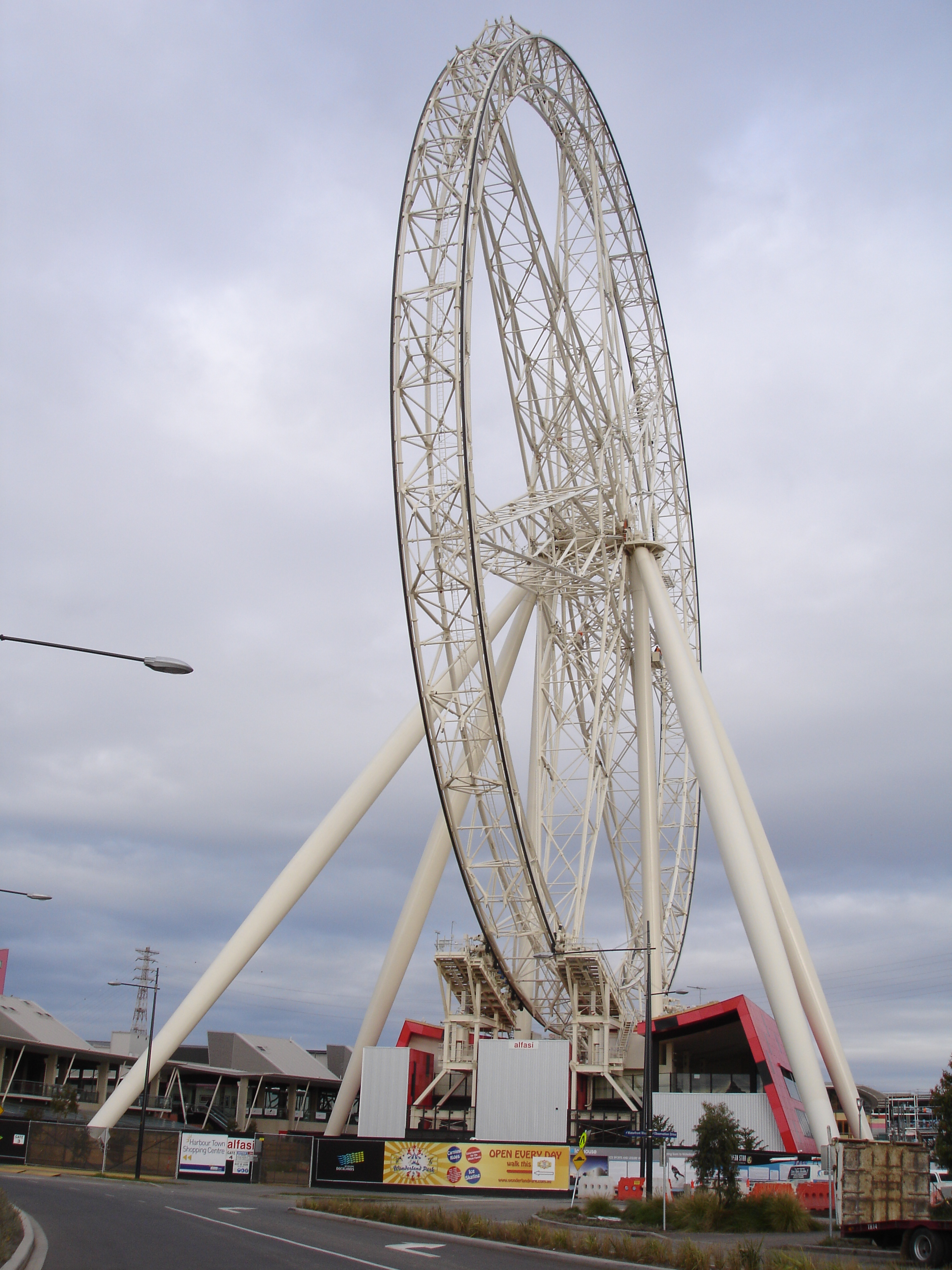Utility Services Corporation Limited v SPI Electricity Ltd & Ors [2012] VSCA 158

7 November 2012 Toby Shnookal SC
This appeal concerned the proportionate liability provisions of Part IVAA of the Wrongs Act 1958 when considering an apportionment with a party vicariously liable for a negligent act. Such a party may be a concurrent wrongdoer. The successful appeal was from a refusal to grant leave to amend a pleading to make the claim, and thus it does not decide the position. It establishes the argument is arguable. The Judgment of Dixon AJA sets out a good argument that can be made for an apportionment with a vicariously liable party.
Forrest J had refused an application for an amendments to a defence to introduce a claim for apportionment under Part 4 of the Wrongs Act with a party that was liable under the Electricity Industry Act 1993 for the negligent acts of others. Forrest J refused the amendment as he considered it futile. Bongiorno JA, Beach AJA and Dixon AJA disagreed and granted the appeal. Dixon AJA gave the leading judgment as to why the amendment sought was not futile.
The plaintiff claimed against SPI as first defendant on the basis electrical distribution infrastructure owned by it had caused a fire. The plaintiff also claimed against USC on the basis it had failed to exercise reasonable care in performing technical inspection services of the SPI assets that it was contracted to perform.
USC sought to amend its defence to allege SPI was a concurrent wrongdoer because it was liability to the plaintiff for the negligent acts and omissions of SEC and ESV that had been committed prior to 1994. USC alleged SPI was liable under the Electricity Industry Act 1993 for the acts and omissions of SEV and ESV when it received both their the assets and liabilities.
Section 24AH of the Wrongs Act defines a concurrent wrongdoer as “a person … whose acts or omissions caused, independently of each other or jointly, the loss or damage that is the subject of the claim”.
Section 24AP (a) of the Wrongs Act states that “Nothing in this Part prevents a person from being held vicariously liable for a proportion of any apportionable claim for which another person is liable”.
Forrest J had held that s.24AI could not operate unless the defendant had performed the relevant acts or omission that caused the loss. His Honour had held that the statutory interpretation question could be immediately determined and there were good reasons why the proportionate liability defence based on the derivative liability had no prospect of success.
Dixon AJA explained in his judgement that s.24AH does not require a concurrent wrongdoer to directly cause a loss, and even if it did, that might still be satisfied in circumstances where SPI “has been substituted, effectively at law, for the actor whose acts or omissions are the basis for the allegation. Responsibility .. may be vicarious…”
As in St George Bank v Quinerts the court held the use of the word “liable” used in s.23B on contribution questions was considered to be equivalent to the word “caused” in Part IVAA. Dixon AJA considered the concept of concurrent wrongdoer in 24AH accommodates a defendant who is presently responsible, although not the actor responsible at the time it occurred.
As a result, the sought amendment was not considered to be futile.

